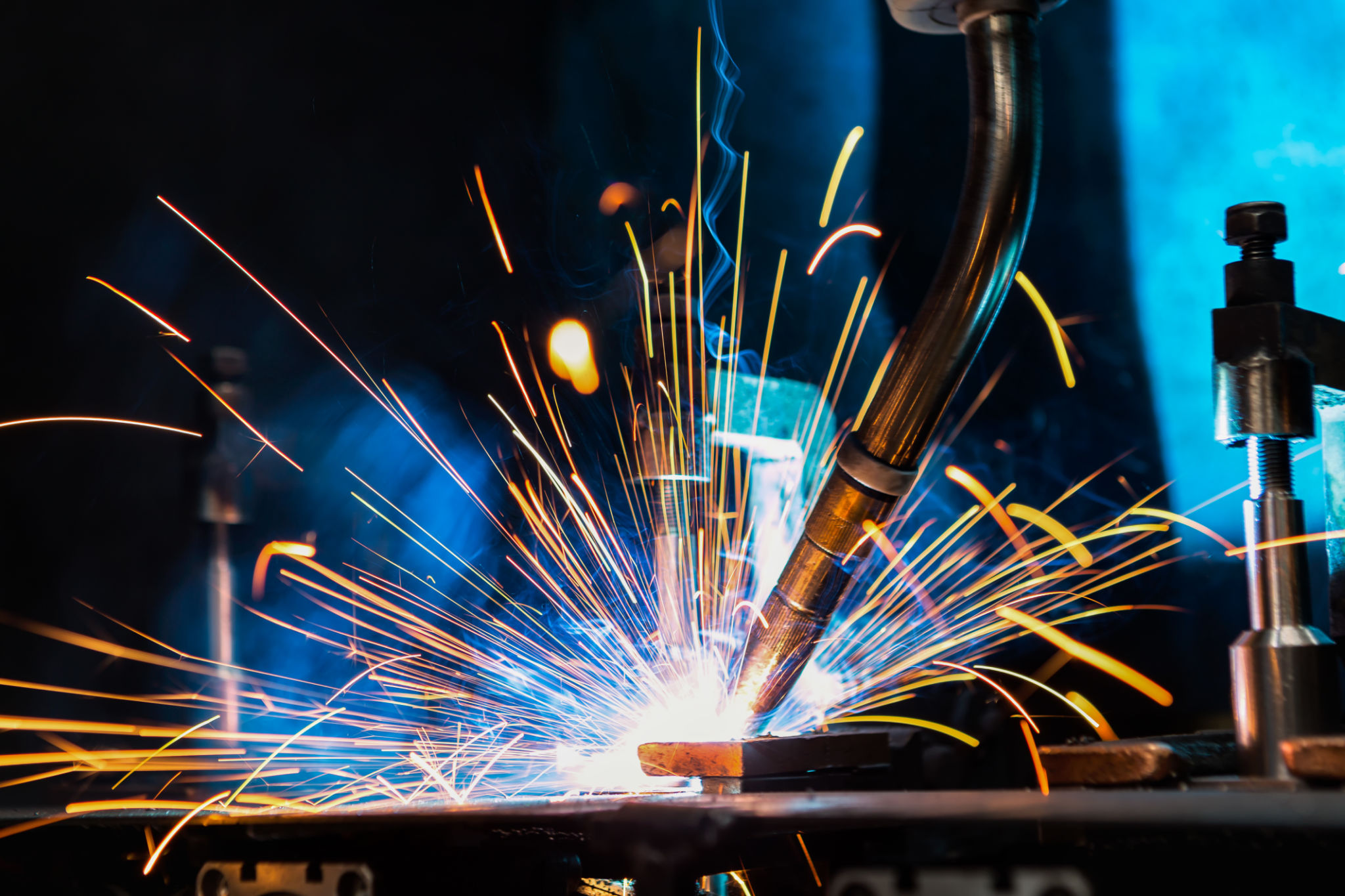Comparing Welding Techniques: Which Method is Best for Your Heavy Equipment?
Understanding Different Welding Techniques
Welding is a critical process in the construction and maintenance of heavy equipment, playing a crucial role in ensuring durability and performance. With various welding techniques available, it's essential to understand their differences to choose the best method for your specific needs. This guide will explore several popular welding techniques and help you determine which is best suited for heavy equipment applications.

Shielded Metal Arc Welding (SMAW)
Also known as stick welding, Shielded Metal Arc Welding (SMAW) is one of the most traditional welding methods. It involves using an electrode coated in flux to lay the weld. This technique is renowned for its versatility and simplicity, making it a popular choice for fieldwork and repair jobs. However, it requires a skilled hand to produce high-quality welds and may not be the best choice for thin materials.
Gas Metal Arc Welding (GMAW)
Gas Metal Arc Welding (GMAW), commonly referred to as MIG welding, uses a continuous wire feed as an electrode and requires a shielding gas to protect the weld pool from contamination. This method is known for its speed and efficiency, making it well-suited for high-production environments. GMAW is excellent for welding thinner materials and offers cleaner welds compared to SMAW.

Tungsten Inert Gas Welding (TIG)
Tungsten Inert Gas Welding (TIG) is a precise welding technique that uses a non-consumable tungsten electrode. It requires a high level of skill but offers exceptional control over the weld, producing high-quality finishes. TIG is ideal for welding thin materials and applications where aesthetics are crucial. However, it can be slower than other methods, which might not be suitable for all heavy equipment needs.
Flux-Cored Arc Welding (FCAW)
Flux-Cored Arc Welding (FCAW) is similar to MIG welding but uses a special tubular wire filled with flux. This method is highly effective in outdoor conditions as it doesn't require an external shielding gas. FCAW provides deep penetration and high deposition rates, making it a popular choice for thicker metals and heavy equipment repairs.

Factors to Consider When Choosing a Welding Technique
When deciding on the best welding technique for heavy equipment, consider factors such as material thickness, environmental conditions, and required weld strength. Each method has its strengths and weaknesses, so understanding these can help you make an informed decision.
Material Type and Thickness
The type and thickness of the material you are working with play a significant role in choosing a welding technique. For instance, TIG is great for thin materials, while FCAW or SMAW might be better suited for thicker metals.
Work Environment
The environment in which you are welding also impacts your choice. If you're working outdoors, FCAW's self-shielding properties make it a practical option. On the other hand, GMAW might be more suitable for controlled indoor environments due to its need for shielding gas.
Conclusion
Choosing the right welding technique for your heavy equipment depends on various factors, including material type, thickness, environmental conditions, and specific requirements of the project. By understanding the unique advantages of each method, you can ensure that your equipment is welded with precision and durability, ultimately enhancing its performance and longevity.